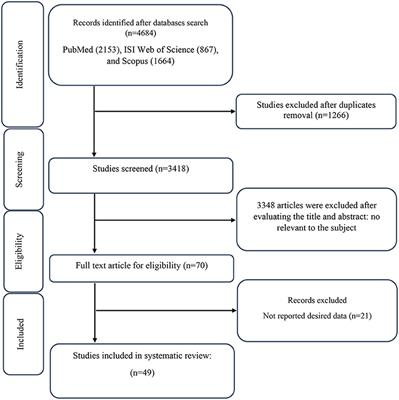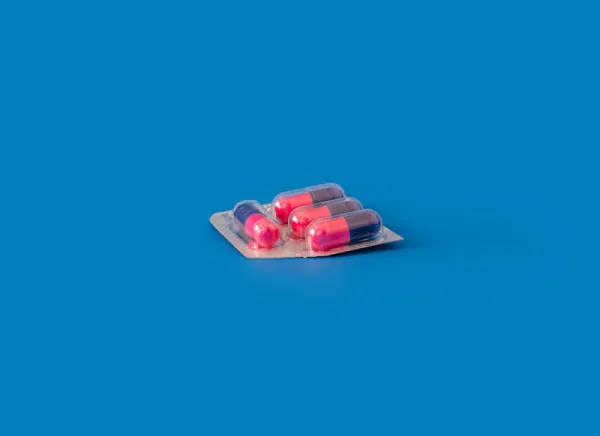Some videos you haven't seen yet, about GLP1 weight loss drugs.

There are a lot of good (and bad) resources out there on GLP1 Agonists and their usefulness for type 2 diabetes treatment and weight loss, and here at GLP1.guide our job is to put more of those resources in front of you.
Here are some we've found incredibly useful:
Harvard Medical School basic explanation of GLP1 (trials, efficacy)
This is a fantastic introductory video on the space, previous drugs that were approved for weight management, along with how GLP1 works and why it is different.
Peter Attia's Pros & Cons to weight loss drugs and Metformin
Here at GLP1.guide, we try to avoid being biased against "health influencers", and Peter's track record of calm, research based assertions and simple-to-understand advice increases our trust in his judgement. While he does indeed have much to sell, his processing of research and experience with patients is certainly worth taking into consideration.
Dr. Kate Lyzenga-Dean's idea of Natural GLP-1 Agonists
Despite any possible whiff of homeopathy, Dr. Lyzenga-Dean's video is packed with research-supported facts and introduces some foods that are expected to boost the natural production of GLP1 in the gut.
The list of studies she cites is extensive and useful:




While Semaglutide (Ozempic, Wegovy, etc) and other GLP1 Agonists are normally our main focus, Dr. Lyzenga-Dean's assesment of the risks of these drugs (and the requirement to stay on them long term) is accurate, so considering natural GLP1-production boosting foods makes sense, especially when considering those who are not managing type 2 diabetes.





